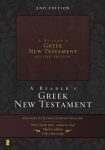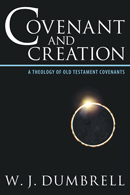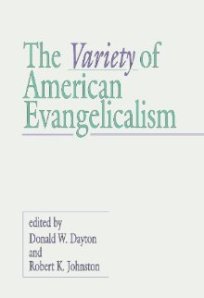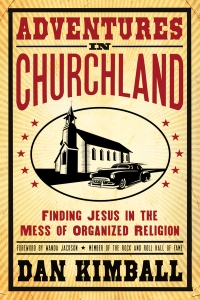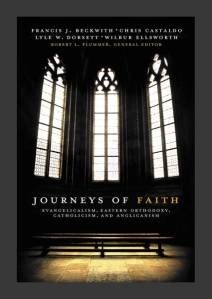 Journeys of Faith
Journeys of Faith
ISBN: 9780310331209
By Robert Plummer
Zondervan, 2012
Review by Jennifer Callaway
“A man with an experience never lies at the mercy of a man with an argument.” The old saying gets a workout in this new book from editor Robert Plummer. Journeys of Faith gives four men an opportunity to share their experience.
But one thing makes it unique. These four men held leadership roles in their churches before changing their Christian faith tradition through a period of soul-searching, seeking and following where they believed the Lord led them.
One went from Catholicism to evangelicalism. The other three, however, left evangelical denominations to move to liturgical ones. One moved to Catholicism. Each tells where the questions began, what steps he took, and why he made the decisions that he did. Students will find a great supplement to their studies of church history as they read how these men applied the historical church arguments and understandings to their contemporary situations. But those who love to read stories of the impact God has in and through one life will enjoy each man’s heartfelt recounting of the painful and life-altering decisions they made.
Plummer, the editor, states his goals clearly in the introduction. He desires to help evangelicals understand why people leave their churches for more liturgical traditions, how to answer questions of those interested in liturgical worship, and the fundamental differences.
His method consists of allowing each man to share his story, followed by a rebuttal from an evangelical theologian. The subject responds to the arguments, getting the last word. However, grace and charity prevail and extend from both sides, even as the writers lay out opposing viewpoints without apology. In fact, some topics remain unaddressed in the interest of unity. Take for example, the doctrine of Mary in the Catholic church. Its proponent, Francis Beckwith, seemed to avoid the issue. Though Allison brought it up in his rebuttal, Beckwith remained silent on the subject even when he got the final word. Such a crucial point of divergence between Protestants and Catholics left unaddressed seems incomplete. So his refusal to discuss it left me wondering why.
Overall, the book balances “head and heart” well. Some write very academically and analytically, while others tend to speak more of experience and spiritual and emotional issues. Plummer chose both subjects and critics carefully. They all communicate well as intelligent, educated men, experienced in church leadership and now leaders in their new traditions. I gained greater understanding of all the traditions discussed, and that alone earns the price of the book. Because I desire to see the church keep the “unity of the Spirit in the bond of peace,” the effort put forth toward unity refreshed me and gave me hope. May the whole church learn to embrace this attitude.
I believe Plummer achieved his goals. He set out to provide a glimpse into the heart and mind of sincere believers doubting their heritage. His desire that we use this as a tool in understanding the reasons for losses to the evangelical church remains up to the reader. Take care not to get caught up in the stories and forget to pay attention to such detail in a way that you can apply it elsewhere.
I highly recommend this book to anyone trying to relate to a loved one who has changed faiths within our Christian tradition. And if you have changed and want to start some dialogue with those who wonder why, you may find the help you seek here.
For the student, if you struggle to understand or even to care about all the details of church and doctrinal history, you will find this a great tool for seeing the importance of those records we have when applied to modern believers in a practical way.
And for anyone who just enjoys reading the story of a life changed by God, you will find this a real page-turner. And all of us can use it to understand what we believe, why we believe it, and perhaps through it even filter some doubts.
 A Reader’s Edition
A Reader’s Edition










